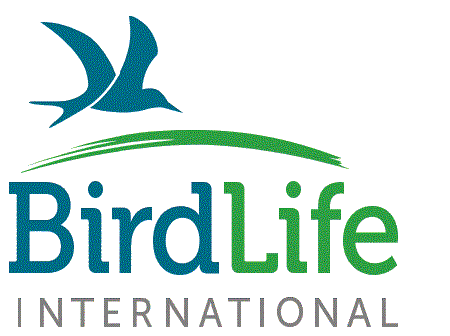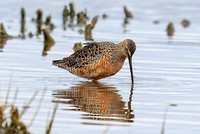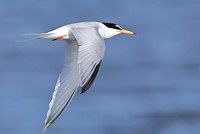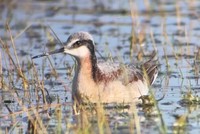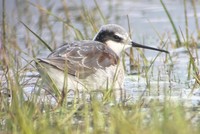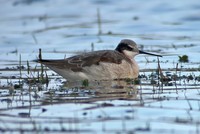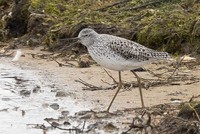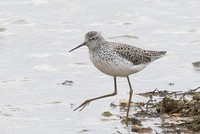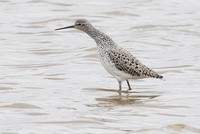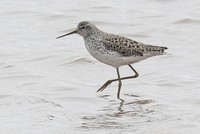Remote cameras captures threat to Regent Honeyeaters
Critically Endangered Regent Honeyeaters are being preyed on by an unlikely source. High-tech video surveillance cameras have revealed for the first time that some marsupials may be significant predators of the threatened honeyeaters’ eggs.
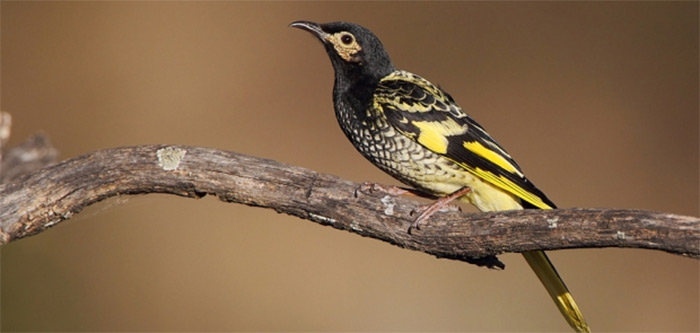
The video monitoring is being undertaken by PhD student, Gemma Taylor, from the Zoological Society of London. “We’ve positioned remote video cameras near nests to learn more about their breeding, so you can imagine our disappointment when gliders started eating their eggs,” Ms Taylor said.
“Video footage shows gliders stalking female Regents that were sitting on nests at night, then eating their eggs. First, Sugar Gliders were filmed pouncing onto a Regent Honeyeater as she incubated her eggs before making a meal of the rare clutch. Later, a Squirrel Glider — a larger, threatened species of glider — was also filmed attempting to catch a honeyeater at another nest, then eating her eggs.”
“It’s not only native mammals that pose a threat to Regent Honeyeater eggs — footage also showed a House Sparrow destroying eggs and a Magpie taking a nestling. Nest predation by these species has not previously been flagged as a threat to the Regent Honeyeater.”
As part of a collaborative program to boost numbers of the Regent Honeyeater — once common but now extremely rare in the wild — 77 birds were bred in captivity at Taronga Zoo and then released into Chiltern–Mt Pilot National Park, in north-eastern Victoria, last April.
“This project has only just started to unravel the story of the birds’ breeding post-release, identifying the obstacles they face and highlighting threatening processes at the different stages of their life in the wild,” Ms Taylor said.
National Regent Honeyeater recovery coordinator, Dean Ingwersen, from BirdLife Australia said, “To date, the birds’ survival has been great, but for the program to succeed the birds must ultimately breed in the wild, so the discovery of nests of many pairs of Regents is hugely exciting.”
“As difficult as it is to watch the nests fail, it provides crucial information which we’ll use to help strengthen successive releases,” Mr Ingwersen said.
“Now that these new threats have been identified we can investigate potential mitigation strategies, such as collars or barriers to prevent access to nesting birds. These have been used on other endangered species so there is no reason we can’t trial similar methods on Regents to improve nesting outcomes.”
“On top of the video surveillance, dedicated volunteers, students and staff have devoted more than 4000 hours of their time to assist with the monitoring program, including reporting sightings and tracking birds.”
BirdLife International
01 December 2015


